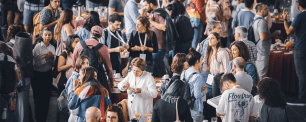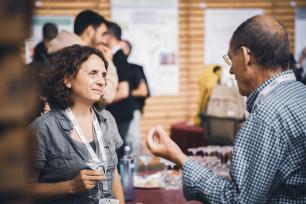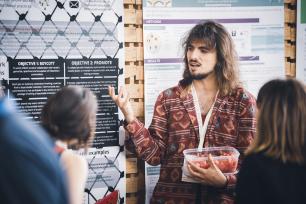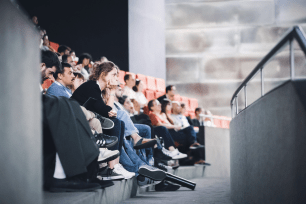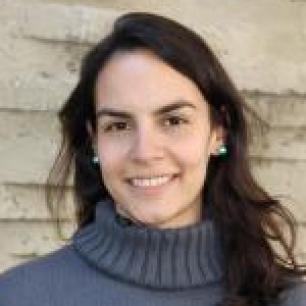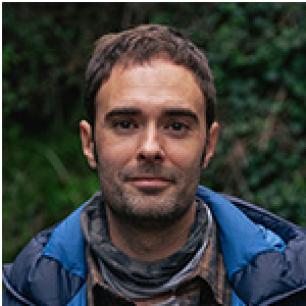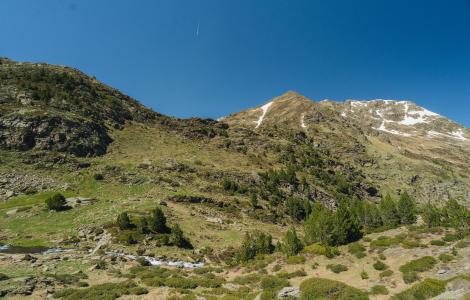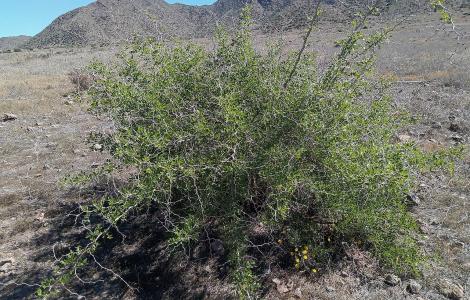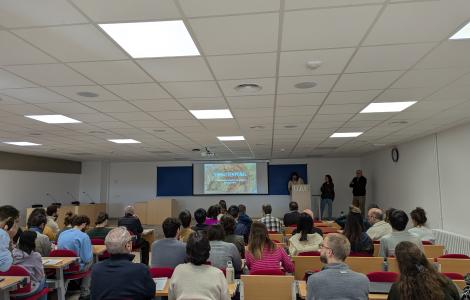Data, ideas and new ways of doing science: CREAF brings its scientific ecosystem to SIBECOL
From June 2 to 6, 2025, Pontevedra became the scientific agora of Iberian ecology. And with good reason: the SIBECOL–AEET congress has established itself as the most important event of the year for professionals studying terrestrial, marine and freshwater ecosystems. More than 800 participants —many of them early-career researchers— gathered under a striking motto: “Another science is possible: diversity, degrowth, and sustainability in ecological research.” A clear call to rethink how we do science, with whom, and for what purpose. Staying true to this critical and constructive vision, CREAF had an active and multifaceted presence at the event.
Over twenty-five members of the centre took part in workshops, thematic sessions, talks and poster presentations. Their contributions showcased a type of research that is open, rigorous and socially connected, while also sparking deeper debates on the future of ecology. But CREAF’s involvement went beyond sharing results: it was an opportunity to forge alliances, open valuable conversations and, in some cases, share practices that question conventional academic structures. A space to imagine and debate a more committed ecology — one that embraces collaboration, rigour and diversity as key drivers of change.
This edition of the congress also brought two major recognitions for CREAF, highlighting both the emerging talent and the scientific strength of the centre.
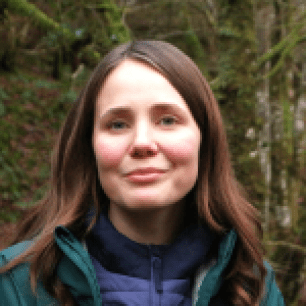
Henna Tyyskä
Henna Tyyskä
Henna Tyyskä, a predoctoral researcher who joined CREAF in 2024, received the award for the best poster presented by a predoctoral researcher —a unique recognition granted by AEET and SIBECOL.
“In our study, we investigate how different types of mycorrhizal fungi (arbuscular and ectomycorrhizal) mediate tree recruitment by influencing density-dependent processes. This helps us gain a deeper understanding of tree regeneration patterns and community assembly across different forest types. My experience at SIBECOL was very enjoyable: it was a great opportunity for learning, sharing ideas, and networking with other researchers.”

Yolanda Melero
Yolanda Melero
Yolanda Melero and co-authors received the award for best poster at the congress for a study that examines how butterfly communities are structured in natural and urban environments. The study shows that to truly understand the impact of urbanization on community composition, it is not enough to analyse basic traits using only mean values, such as average wing size. It is necessary to include more comprehensive statistical indicators that better reflect trait distribution and ecological complexity. The analysis concludes that in urban contexts, communities are strongly shaped by environmental factors that act as filters and favour certain types of butterflies —a pattern that appears to persist consistently over time.
Here is a summary of the contributions made by CREAF researchers at the congress, where they shared their latest findings through posters, workshops, and presentations.
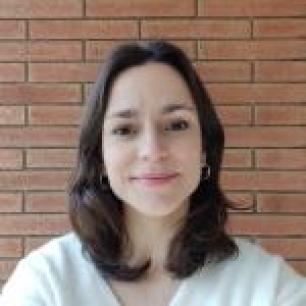
Laura Force Seguí
Laura Force Seguí
Coordinated the session 'Beyond the Lab: Citizen Science as a Catalyst for Ecological Research and Community Involvement'. També ha presentat oralment 'Empowering Teachers to Bring Students Closer to Nature a Collaborative Approach to Ecology Education'.

Anabel Sánchez Plaza
Anabel Sánchez Plaza
Coordinated the session 'Beyond the Lab: Citizen Science as a Catalyst for Ecological Research and Community Involvement', and co-authored the presentation 'Empowering Teachers to Bring Students Closer to Nature a Collaborative Approach to Ecology Education'.
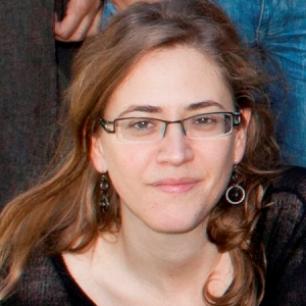
Ester Prat
Ester Prat
Took part in a presentation on the contribution of citizens to phenological monitoring through the RitmeNatura and FenoCat networks, with co-authors Gerard Gaya, Montserrat Busto, Xavier De Yzaguirre, Cristina Domingo-Marimon, and Jordi Cunillera.
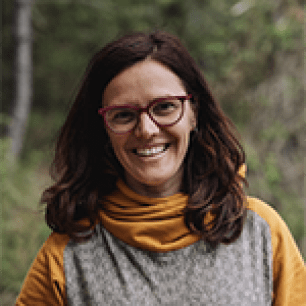
Mireia Banqué Casanova
Mireia Banqué Casanova
presented the talk Collaborative initiatives in the study of the health status of Catalan forest ecosystems, in collaboration with Laura Fraile and Pau Fortuño.
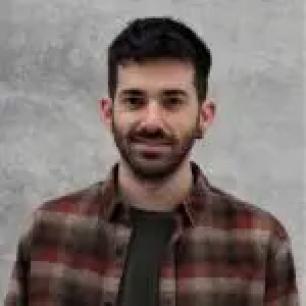
Pau Guzmán Martín
Pau Guzmán Martín
Delivered the presentation Contextualized urban green space management enhances butterfly functional diversity, co-authored with Juan Daniel Rodríguez and Yolanda Melero.
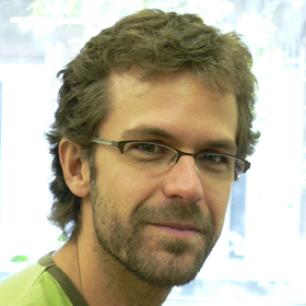
Jordi Martínez-Vilalta
Jordi Martínez-Vilalta
Participated as a member of the ECOTONS collective, presenting CREAF’s experience with art-science residency programmes under the title: Art-science residencies at CREAF: lessons learned and future prospects.

Paula Bruna
Paula Bruna
He presented a paper on “Embolism “por soleá”. A dialogue between humans and trees about climate change through flamenco", which established a dialogue between trees and humans through the system of tree embolism, both in flamenco and with a mediating language.
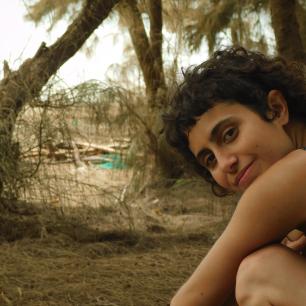
Maria Vives-Ingla
Maria Vives-Ingla
Took part in two oral presentations and two posters. She co-presented, with the ECOTONS collective, Art-science residencies at CREAF: lessons learned and prospects and Contributions from the Interreg Euro-MED Natural Heritage Mission towards ecological research impact on society. She also presented the poster A worker's protocol to align research activities with decolonial practices, created with the CREAF group supporting solidarity actions with Palestine, and Novel regimes of extreme climatic events trigger negative population rates in a common insect.
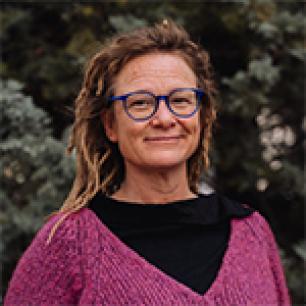
Annelies Broekman
Annelies Broekman
Participated in the oral presentation Contributions from the Interreg Euro-MED Natural Heritage Mission towards ecological research impact on society. She also contributed to the poster A worker's protocol to align research activities with decolonial practices and to the ECOTONS presentation Art-science residencies at CREAF: lessons learned and prospects.
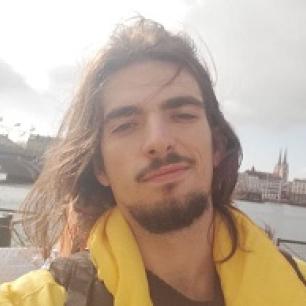
Javier de la Casa
Javier de la Casa
Presented Shifting elementomes: addressing long-term changes in the biogeochemical composition of ecosystems from paleoenviromental records and participated in the poster A worker's protocol to align research activities with decolonial practices.
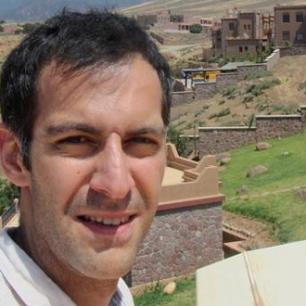
Enrique Doblas
Enrique Doblas
Organised the workshop Knowledge Transfer in Ecology: Barriers & Opportunities, as an introduction to the AEET working group on Knowledge and Technology Transfer, which he coordinates.
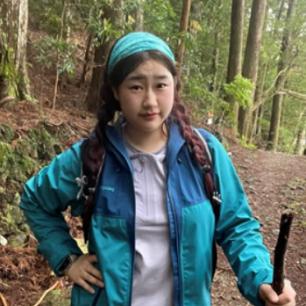
Shichun Ma
Shichun Ma
Delivered the presentation Mapping Barcelona urban smellscape: A Multi-layered Analysis, analysing how aromatic trees contribute to well-being and inclusive, multisensory urban design.
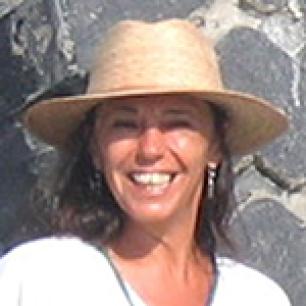
Pilar Andrés
Pilar Andrés
He presented a paper on regenerative agriculture: Regenerative agriculture as a tool for carbon farming: en Mediterranean metanalysis.
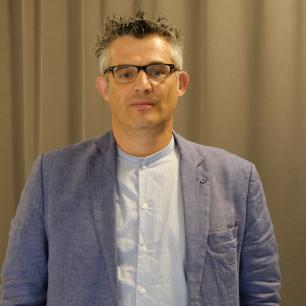
Teresa Gimeno
Teresa Gimeno
Presented the poster “Reconciling water-use efficiency estimates across scales under future climate change scenarios using phloem carbon isotopic composition”,
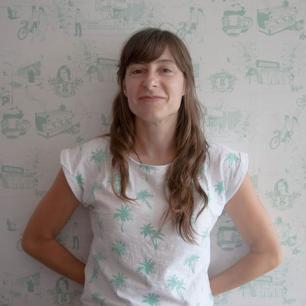
Estela Romero
Estela Romero
She organized and moderated the session "The flow of elements and the functioning of the biosphere" with Marcos Fernández and Albert Rivas-Ubach, and presented the paper "Can natural systems curb human impacts? The case of N in a small Mediterranean river basin".
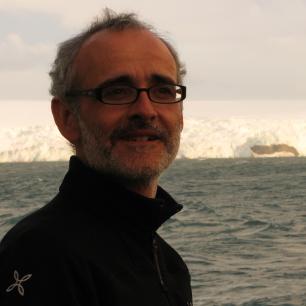
Sergi Pla-Rabés
Sergi Pla-Rabés
Participated in the talk The value of time: understanding the fate of ecosystems, communities and metacommunities over time.

Eva Castells
Eva Castells
Presented “Chemical convergence of specialized metabolites in native and invasive populations supports rapid evolution driven by aridity”.
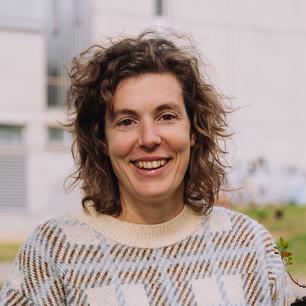
Mariona Ferrandiz
Mariona Ferrandiz
Presented Advancing research, innovation and entrepreneurship on urban forestry: the UFOREST project.
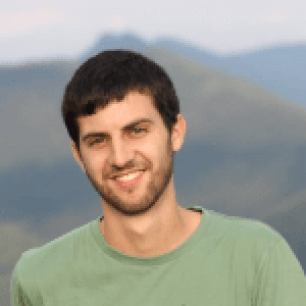
Ferran Sayol
Ferran Sayol
Took part in the session Extinct to Extant: Integrating Palaeontological and Ecological Knowledge amb la ponència Past and future global diversity loss from anthropogenic bird extinctions.
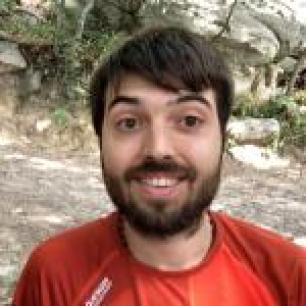
Marc Riera
Marc Riera
Participated in the session Are We at a Global Tipping Point? Biodiversity Conservation and Ecosystem Services Sustainability amb la ponència Under pressure: a plant’s introduction pathway is associated with the invasion of environmentally stressful conditions.
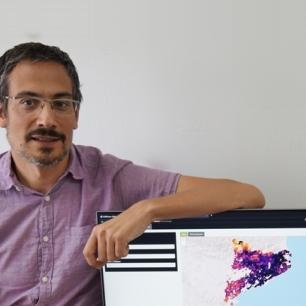
Miquel de Cáceres Ainsa
Miquel de Cáceres Ainsa
Presented A modular framework for process-based simulations of forest function and dynamics at stand to regional scales.
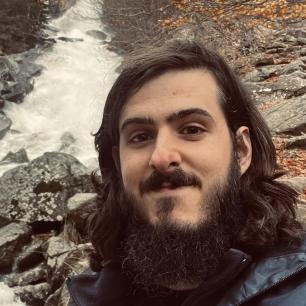
Daniel Martín Lorenzo
Daniel Martín Lorenzo
He presented his research in an oral presentation 'A millenial increasing trend in diatom diversity in naturally acidic alpine lakes disrupted by enhanced nitrogen availability'.
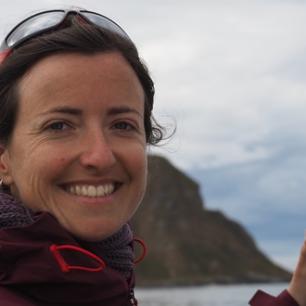
Alba Anadon
Alba Anadon
Presented Intraindividual trait coordination in tundra clonal shrubs along a latitude gradient.
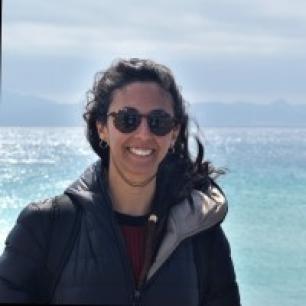
Cinta Sabaté
Cinta Sabaté
Delivered the presentation Temporal Dynamics of Nitrous Oxide Hot Moments Across Ecosystems in Europe.

Maria Teresa Sánchez Mejía
Maria Teresa Sánchez Mejía
Gave the oral presentation gave the oral presentation Modeling population dynamics of Mediterranean shrubs: Integrating climatic complexity.
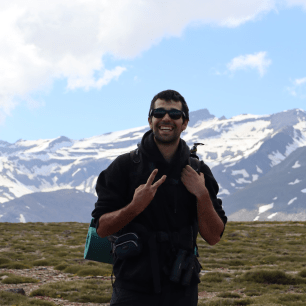
Abiel Teixidó
Abiel Teixidó
He gave the oral presentation within the framework of the TRACES project entitled "Integrating Metabolomic and Functional Traits at a Global Scale".
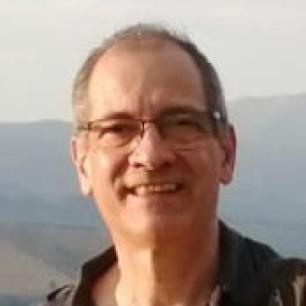
Santi Sabaté
Santi Sabaté
He has presented his research in the context of the INFORMA project, in a paper entitled "Enhanced resilience to drought and pest infestation through forest management in a Pinus pinaster plantation in Prades (NE Spain)."
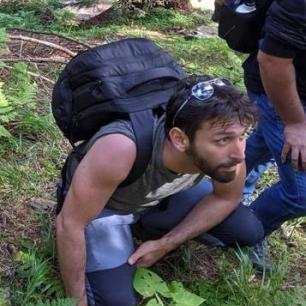
Daniel Nadal Sala
Daniel Nadal Sala
He has presented his research in the context of the INFORMA project, in a paper entitled "Enhanced resilience to drought and pest infestation through forest management in a Pinus pinaster plantation in Prades (NE Spain)."
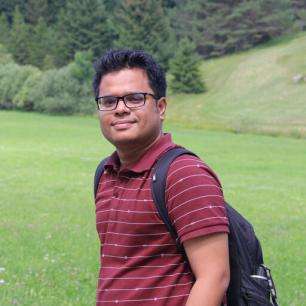
Faqrul Islam Chowdhury
Faqrul Islam Chowdhury
He presented the research in an oral presentation "Drought-induced die-off alters vegetation diversity across climatic gradients in Catalan Pinus sylvestris forests".
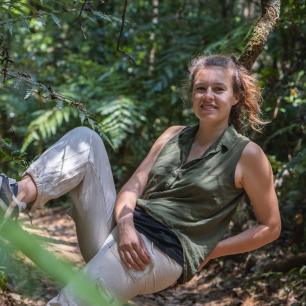
Margaux Didion-Gency
Margaux Didion-Gency
He presented his research in a poster: "Living on the Edge: Warmer Climate Reduces Leaf Thermal Safety Margins and Causes Gas Exchange Decoupling in Mediterranean Shrublands."

Jordi Martínez Artero
Jordi Martínez Artero
He has given an oral presentation on one part of his thesis. It is entitled "Diatom radiation continental across pH-alkalinity gradients" and is included within the framework of the WATERSCAPE project.

Jordi Martínez Artero
Jordi Martínez Artero
He has given an oral presentation on one part of his thesis. It is entitled "Diatom radiation continental across pH-alkalinity gradients" and is included within the framework of the WATERSCAPE project.

Jordi Martínez Artero
Jordi Martínez Artero
He has given an oral presentation on one part of his thesis. It is entitled "Diatom radiation continental across pH-alkalinity gradients" and is included within the framework of the WATERSCAPE project.
With this collective and committed participation, CREAF reinforces its role as a key actor in Mediterranean and global ecology and proves that another way of doing science is not only possible —it is essential.


